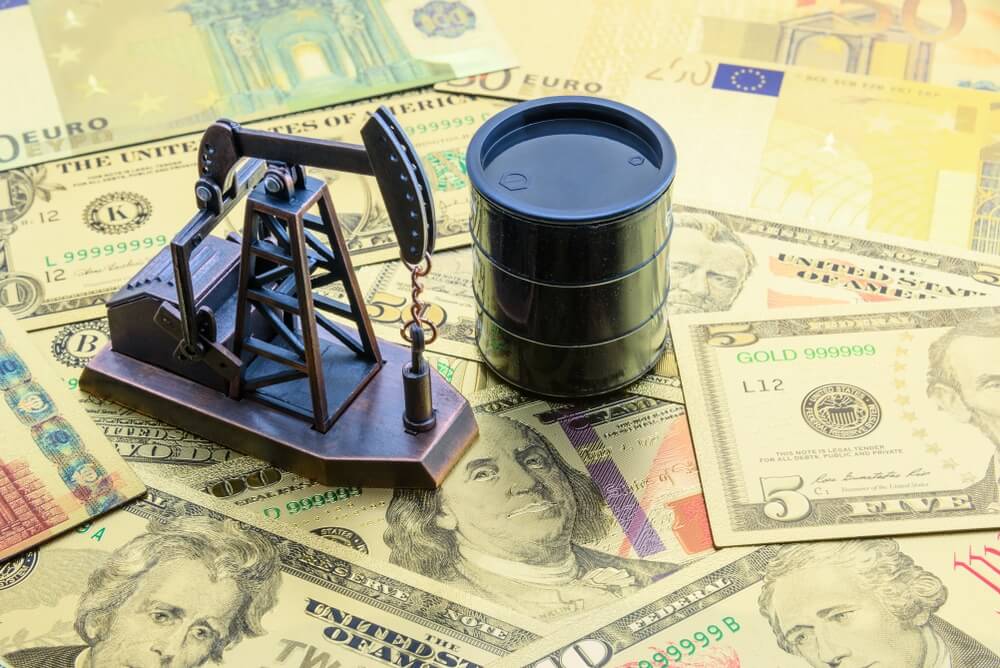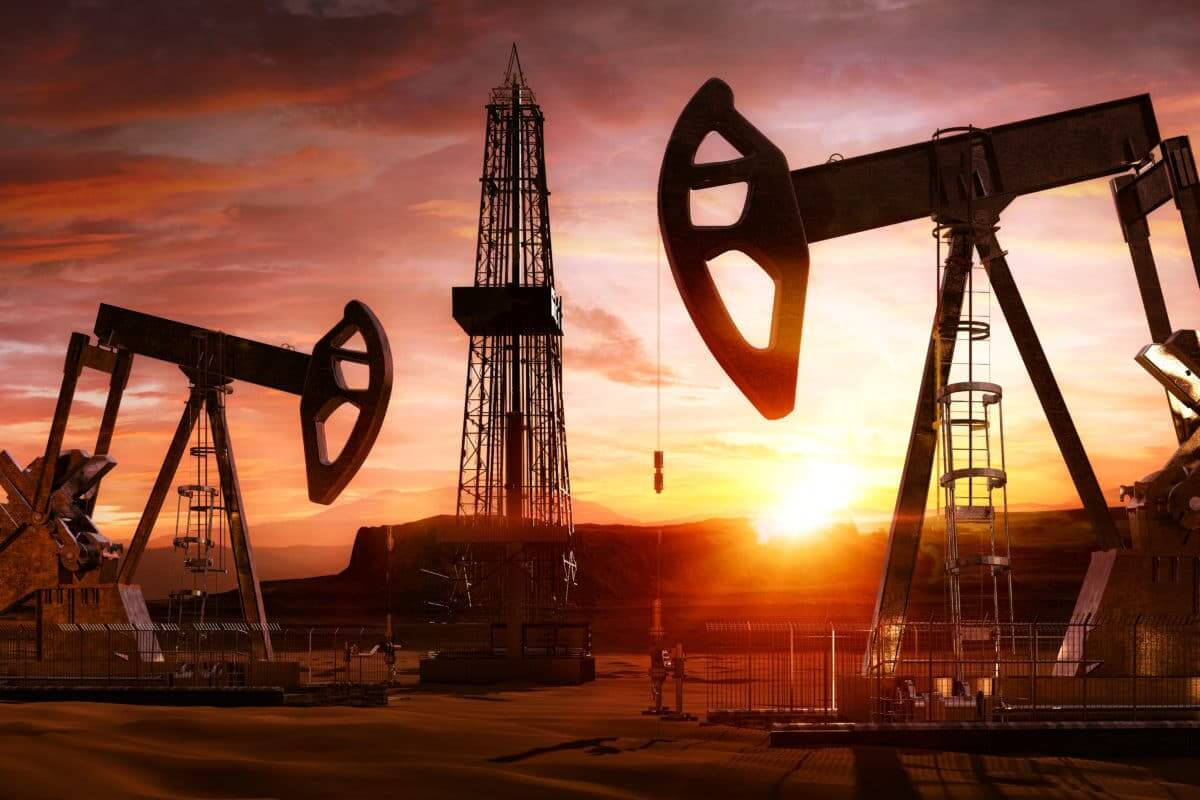
Crude Oil Awakening
WTI crude oil is currently trading at $90 per barrel, while Brent crude is trading at $95 per barrel. That is roughly in line with where oil traded when the Russia-Ukraine conflict began, as the recent spike in oil prices has faded due to concerns about a global recession, which could hurt global oil demand.
Outside of 2022, oil prices are still higher than in the previous five years. In other words, crude oil prices are significantly higher than in the past. This includes 2020 when oil prices were extremely low, but oil is currently trading far above pre-pandemic levels.
First, oil demand has rebounded strongly and is expected to reach new highs soon. Oil demand is expected to increase by 2M barrels per day in 2022, followed by another 1.7M barrels the following year. This would increase global crude demand to more than 101M daily barrels the following year. In other words, oil demand should set a new high next year, with further growth expected in 2024 and beyond, as shown in the chart above. The pandemic caused a drop in crude consumption, but it was only temporary; it did not alter the long-term trajectory of global oil demand, which continues to rise.
Investors should also consider the time lag between new project approvals and when these projects begin to produce crude. Major projects take several years to complete, so even if oil companies increased their capital budgets dramatically in the near term, the additional supply would take years to reach the market. Of course, there are some potential risks for oil prices to consider. If a new, particularly dangerous strain of COVID emerges, new lockdowns could be implemented, resulting in lower oil demand.

EU Response to The Energy Crisis
European Union leaders will meet in Brussels this week to find a joint solution to the bloc’s energy crisis.
Energy prices began to rise last year due to the lifting of COVID lockdowns, followed by Russia’s invasion of Ukraine this year.
Before the war, Russia supplied 40% of the gas used in the EU. But in response to Moscow’s invasion of Ukraine, the European Union agreed in July to cut its dependence on Russian gas by 15 percent. In retaliation, the Kremlin cut gas supplies to the EU. It announced that the Nord Stream 1 pipeline, which delivers gas to EU countries like Germany, would stop operating indefinitely for maintenance work.
Protests erupted across the EU after European gas prices reached a record high of more than 343 euros ($335) per megawatt-hour in late August, with people calling on the bloc to find sustainable solutions.

Biden to release 15M barrels from an oil reserve
President Biden will announce the release of 15M barrels of oil from the United States strategic reserve on Wednesday in response to recent production cuts announced by OPEC+ nations.
Biden will also announce that the US will replenish its strategic stockpiles when oil prices are between $67 and $72 a barrel. At the same time, government officials have suggested that the government officials are supporting domestic production by providing a baseline for demand. However, the president should renew his criticism of oil companies’ profits, repeating a bet earlier this summer.
For Biden, the hard math is that crude production has yet to return to pre-pandemic levels of around 13M barrels per day. It is about a million barrels per day short of that mark. The government says the oil industry has thousands of unused federal leases, and it will take years to produce crude under the new licenses and not affect current gas prices.




